(srpski) Digitalni narativ: 549. motorizovana brigada Vojske Jugoslavije
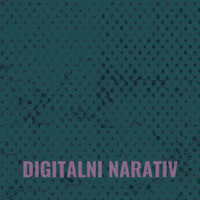
Sorry, this entry is only available in srpski.


Sorry, this entry is only available in srpski.
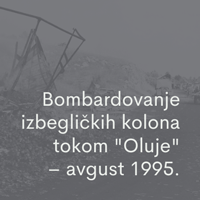
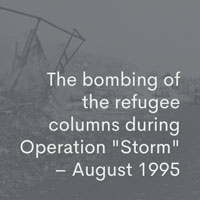 In order to establish the facts about the bombing of refugee columns on the territory of Bosnia and Herzegovina during the Croatian military-police Operation “Storm”, the Humanitarian Law Center (HLC) is publishing the data and excerpts from the witness statements about those events, which it collected immediately after the refugees’ arrival in Serbia.
In order to establish the facts about the bombing of refugee columns on the territory of Bosnia and Herzegovina during the Croatian military-police Operation “Storm”, the Humanitarian Law Center (HLC) is publishing the data and excerpts from the witness statements about those events, which it collected immediately after the refugees’ arrival in Serbia.
The report is available on this link
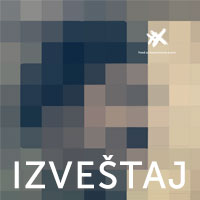
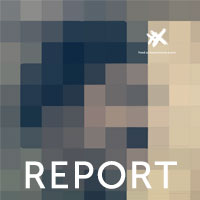 The HLC has monitored all war crimes trials conducted in the territory of Serbia in 2021, namely a total of 26 cases conducted before the War Crimes Departments of the Higher Court and/or the Court of Appeal in Belgrade. The Report provides a brief overview of the proceedings and of the HLC’s basic findings in respect of cases which are of public relevance. A large number of the war crimes cases covered by this Report have been going on for a number of years now, so that previous HLC annual trial reports are also relevant for a full grasp of the course of the proceedings and the pertinent HLC findings.
The HLC has monitored all war crimes trials conducted in the territory of Serbia in 2021, namely a total of 26 cases conducted before the War Crimes Departments of the Higher Court and/or the Court of Appeal in Belgrade. The Report provides a brief overview of the proceedings and of the HLC’s basic findings in respect of cases which are of public relevance. A large number of the war crimes cases covered by this Report have been going on for a number of years now, so that previous HLC annual trial reports are also relevant for a full grasp of the course of the proceedings and the pertinent HLC findings.
The report focuses on the work of the Office of the War Crimes Prosecutor (OWCP) and of the courts in parts of the judicial proceedings open to the public, primarily by analysing the indictments and the judgments in each particular case. An analysis of the work of other bodies involved in the prosecution of war crimes – the War Crimes Investigation Service of the Serbian Ministry of the Interior (MUP), the Witness Protection Unit and others, cannot not be undertaken in respect of the individual cases, as no information on their activities is publicly available.
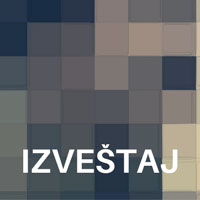
 The Report includes an analysis of 26 cases monitored by the HLC before the war crimes departments of the Higher Court and the Court of Appeals in Belgrade. Also, the Report contains an overview of the general findings on war crimes trials during 2021, as well as important socio-political events that are vital for war crimes trials in Serbia.
The Report includes an analysis of 26 cases monitored by the HLC before the war crimes departments of the Higher Court and the Court of Appeals in Belgrade. Also, the Report contains an overview of the general findings on war crimes trials during 2021, as well as important socio-political events that are vital for war crimes trials in Serbia.
The report is available here
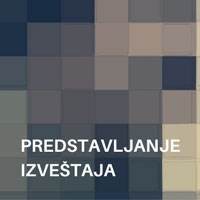
 The Humanitarian Law Center (HLC) will present the Report on War Crimes Trials in Serbia during 2021 on Friday, May 6, 2022, at 11:00 AM. The presentation will take place in the Main Conference Hall of the Media Centre in Belgrade (Terazije 3, 2nd floor).
The Humanitarian Law Center (HLC) will present the Report on War Crimes Trials in Serbia during 2021 on Friday, May 6, 2022, at 11:00 AM. The presentation will take place in the Main Conference Hall of the Media Centre in Belgrade (Terazije 3, 2nd floor).
The Report includes an analysis of 26 cases monitored by the HLC before the war crimes departments of the Higher Court and the Court of Appeals in Belgrade. Also, the Report contains an overview of the general findings on war crimes trials during 2021, as well as important socio-political events that are vital for war crimes trials in Serbia.

Sorry, this entry is only available in srpski.
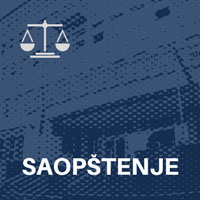
Sorry, this entry is only available in srpski.
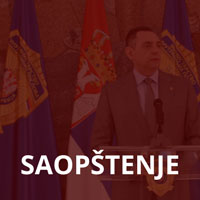
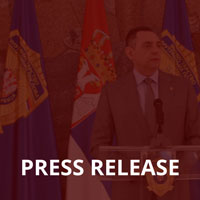 According to some media reports, Saša Cvjetan, a member of the “Scorpions” unit who was sentenced to 20 years in prison in 2005 for war crimes against Albanian civilians during the Kosovo war, was an honoured guest at the commemoration of Srebrenica Municipality Day on March 11 this year. At the ceremony, seated in the same row as Cvjetan, was Serbian Interior Minister Aleksandar Vulin, who also gave a speech on that occasion.
According to some media reports, Saša Cvjetan, a member of the “Scorpions” unit who was sentenced to 20 years in prison in 2005 for war crimes against Albanian civilians during the Kosovo war, was an honoured guest at the commemoration of Srebrenica Municipality Day on March 11 this year. At the ceremony, seated in the same row as Cvjetan, was Serbian Interior Minister Aleksandar Vulin, who also gave a speech on that occasion.
The Humanitarian Law Center (HLC) believes that it is inadmissible that state officials of Serbia be found in the company of war criminals, thereby knowingly affording them the legitimacy to participate in political life. It is in this way that the rehabilitation of those convicted of the most serious crimes during the wars of the 1990s and historical revisionism of court-established facts are carried out.
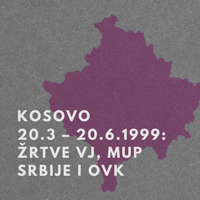
Sorry, this entry is only available in srpski.